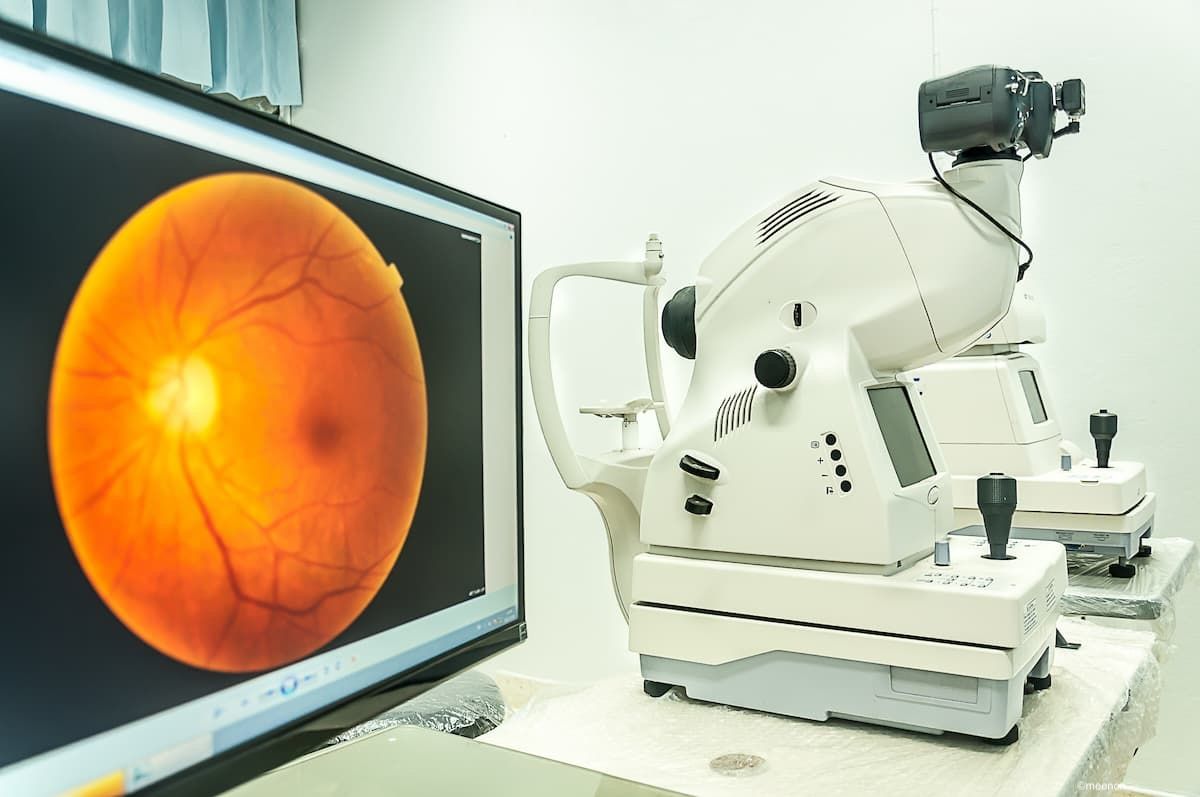Article
Primary open-angle glaucoma links to African descent studied
Recent results from an ongoing study support the hypothesis that ancestry differences in visual function found in healthy eyes may be signs of early glaucoma.
Fort Lauderdale, FL-Recent results from an ongoing study support the hypothesis that ancestry differences in visual function found in healthy eyes may be signs of early glaucoma.
However, additional research in a larger cohort is needed to understand more fully the relationship between structural and functional changes associated with glaucoma and underlying physiological mechanisms, said Lyne Racette, PhD, who presented these findings on behalf of the ADAGES Study Group (The African Descent and Glaucoma Evaluation Study) at the annual meeting of the Association for Research in Vision and Ophthalmology.
The prospective, longitudinal, observational cohort study, sponsored by the National Eye Institute, began in 2003 and was intended to help researchers understand better the prevalence, severity, and progression of primary open-angle glaucoma (POAG) in people of African descent (AD).
The study was launched in the context of discrepancies observed between different population subgroups. The prevalence of POAG in people of AD is six times higher in certain age groups compared with people of European descent (ED), and POAG also is more likely to result in irreversible blindness, appears approximately 10 years earlier, and progresses more rapidly in people of AD.
Previous findings
Previously reported findings from ADAGES showed small but statistically significant differences in visual function in healthy eyes based on participants' ancestry, Dr. Racette said.
Further analysis suggested that these findings could be a sign of early disease in the individuals of AD rather than due to the ancestry composition of the normative databases, which are composed primarily of individuals of ED. This hypothesis was supported by the distribution of the differences along an arcuate-like pattern.





